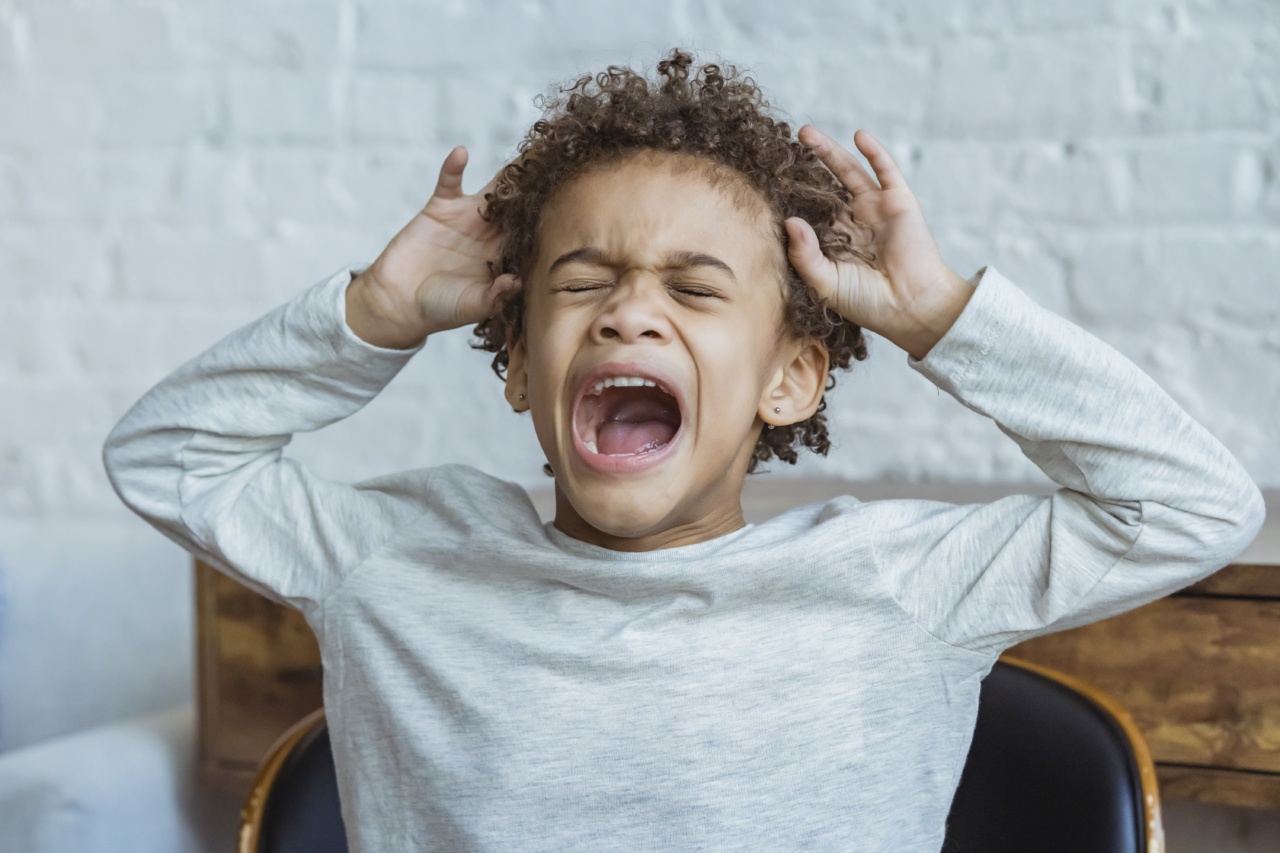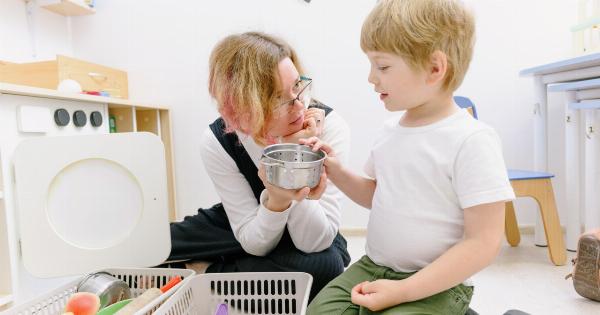In recent years, there has been a growing concern about the rising levels of anxiety amongst children and teenagers.
It seems that today’s youth are more anxious than ever before, struggling with stress, pressure, and worries that previous generations may not have experienced to the same extent. This article will explore some of the key reasons behind this increase in anxiety among kids today.
1. Academic Pressure
One of the major contributors to anxiety in children is the ever-increasing academic pressure. Students are expected to excel in their studies, compete against each other, and succeed academically.
The emphasis on grades, standardized tests, and college admissions can be overwhelming for young minds.
2. Social Media Influence
Social media platforms have become a significant part of children’s lives. While they offer numerous benefits, constant exposure to social media can also contribute to anxiety.
Kids often compare themselves to others, experience fear of missing out (FOMO), and feel pressured to conform to certain standards or meet unrealistic expectations.
3. Parental Expectations
Parents play a crucial role in shaping their children’s lives. However, high expectations from parents can inadvertently lead to increased anxiety levels.
Pressures to excel in various areas such as academics, extracurricular activities, and even social engagements can create significant stress for kids.
4. Bullying and Peer Pressure
Bullying and peer pressure have always been present in school environments, but the emergence of cyberbullying has taken these issues to a whole new level.
Constant harassment, ridicule, and the fear of being judged can have severe consequences on children’s mental health, leading to anxiety and even depression.
5. Unrealistic Body Image Standards
In today’s society, there are unrealistic body image standards perpetuated by the media.
Kids, especially teenagers, compare themselves to the idealized and often photoshopped images they see, leading to body image issues and anxiety about their appearance.
6. Uncertain Future
The future can seem more uncertain than ever for today’s youth. Global events, economic instability, and concerns over climate change create a sense of unease about what lies ahead.
The fear of an uncertain future can weigh heavily on the minds of children and amplify their anxiety.
7. Increased Academic Workload
Along with the academic pressure, children today often face an increased workload compared to previous generations.
Competitive environments have led to more homework, projects, and extracurricular commitments, leaving less time for relaxation and self-care.
8. Lack of Outdoor Activities
In the digital age, children spend more time indoors engaging with screens rather than participating in outdoor activities. The lack of physical exercise and exposure to nature can contribute to anxiety and impact children’s overall well-being.
9. Economic Insecurity
In many households, economic insecurity and financial stress can play a significant role in children’s anxiety levels. Growing up in an environment where financial resources are limited can create a sense of uncertainty and fear about the future.
10. High Levels of Parental Control
While parental guidance is important, an excessive level of control over children’s lives can lead to anxiety.
Overprotective parenting styles can prevent children from developing necessary skills to navigate the world, leading to increased anxiety and a lack of self-confidence.
In conclusion, children today are facing a unique set of challenges that contribute to increased anxiety levels.
Acknowledging these issues and taking steps to address them is crucial in supporting the well-being and mental health of our younger generation.



























